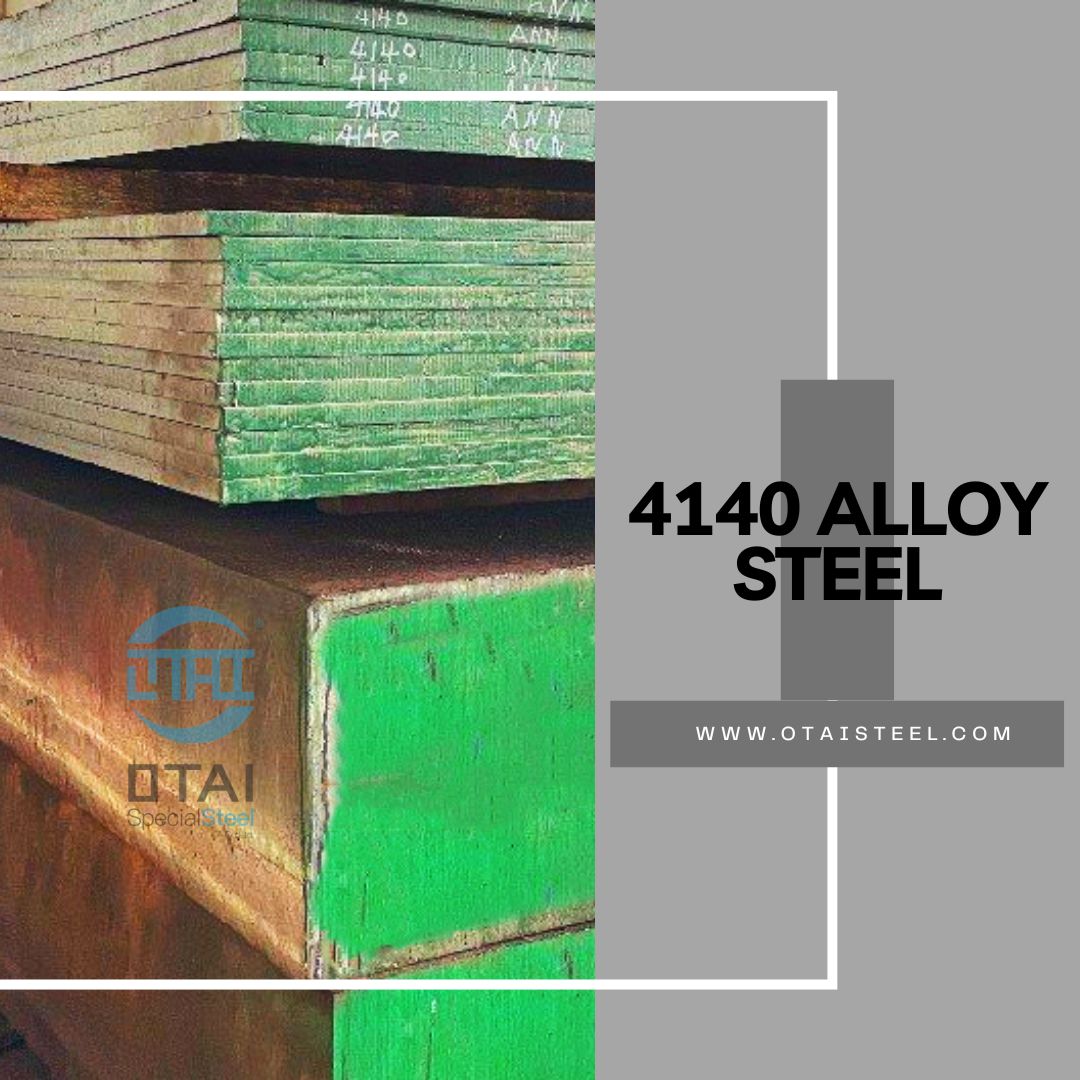4140 normalized steel is a chromium-molybdenum alloy steel. It derives its name from its composition, which includes approximately 0.40% carbon. The normalization process involves heating the steel to a specific temperature and then cooling it in air, resulting in uniform properties throughout the material.
Composition and Manufacturing Process
The composition of 4140 steel typically includes the following key elements:
- Carbon: Approximately 0.40%
- Chromium: 0.80% – 1.10%
- Manganese: 0.75% – 1.00%
- Silicon: 0.15% – 0.35%
- Molybdenum: 0.15% – 0.25%
- Phosphorus: 0.030% (max)
- Sulfur: 0.040% (max)
This specific alloy composition contributes to its remarkable properties, making it suitable for a wide range of applications.
Mechanical Properties
Strength and Durability
One of the primary advantages of 4140 steel is its high tensile strength. It can withstand substantial loads and is often used in applications where structural integrity is critical.
Toughness and Impact Resistance
It exhibits exceptional toughness and resistance to impact. This property makes it ideal for components that experience sudden and heavy loads, such as gears and shafts.
Machinability
Despite its high hardness, 4140 normalized steel offers good machinability. It can be easily cut, drilled, and shaped, making it a favorite in manufacturing processes.
Applications in the Automotive Industry
The automotive sector relies on 4140 steel for various components like axles, crankshafts, and gears. Its high strength and durability ensure the reliability of these vital parts.
Aerospace Industry Utilization
In aerospace applications, where weight and strength are critical, 4140 normalized steel finds its place. It’s used in aircraft landing gear, connecting rods, and other structural components.
Oil and Gas Sector
It is widely used in the oil and gas industry for drill collars, pipelines, and valves due to its resistance to corrosion and high-pressure conditions.
Construction and Engineering
In the construction and engineering sectors, 4140 normalized steel is employed for structural elements like beams, rods, and fasteners, contributing to the overall safety and longevity of buildings and infrastructure.
Advantages of 4140 Normalized Steel
Cost-Effective
It offers a cost-effective solution, balancing performance and affordability, which makes it a preferred choice for many industries.
High Tensile Strength
Its high tensile strength allows for the design of lighter structures without compromising safety or durability.
Improved Weldability
4140 normalized steel exhibits good weldability, enabling easy joining of components in manufacturing and construction.
Resistance to Corrosion
The addition of chromium to the alloy enhances its resistance to corrosion, making it suitable for outdoor and harsh environments.
Case Studies: Real-World Applications
Several real-world examples showcase the versatility of 4140 normalized steel. From heavy-duty machinery components to precision aerospace parts, this steel has consistently proven its worth.
Future Trends and Innovations
As technology advances, the use of 4140 steel is likely to expand further into emerging industries, driven by its exceptional properties and versatility.
Challenges and Considerations
While 4140 normalized steel offers many advantages, it’s important to consider factors like proper heat treatment and maintenance to ensure optimal performance.
Maintenance and Care
Regular maintenance and appropriate care practices can extend the lifespan of structures and components made from 4140 steel.
